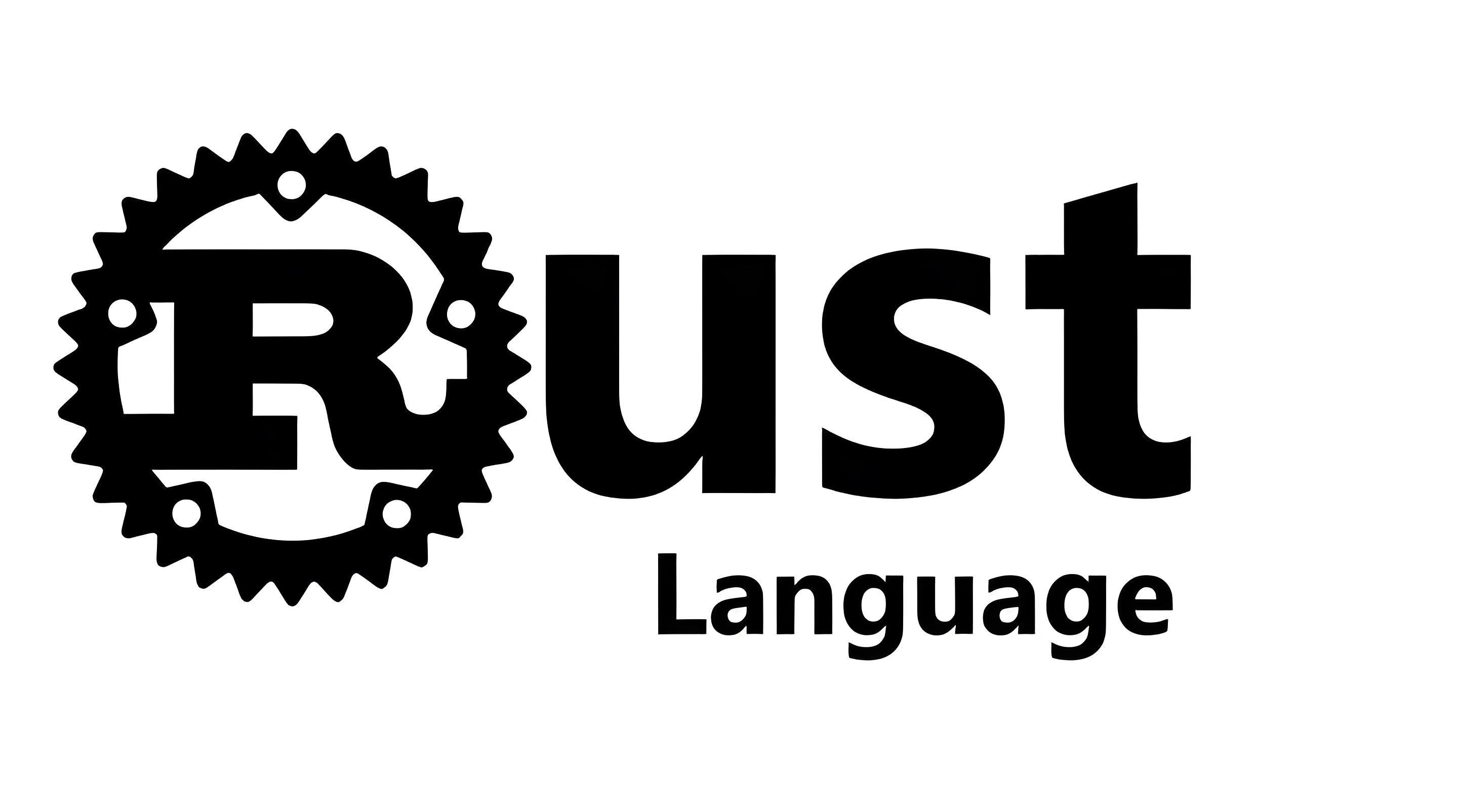四、Rust从基础到实战应用(类型系统)
编辑
27
2025-07-03

Rust 的类型系统是其安全性和表现力的核心基础。泛型允许我们编写可复用的代码而不损失类型安全,trait 系统则定义了类型的行为契约。本文将深入探讨这两大机制及其实际应用。
第一部分:泛型(Generics)
基本语法与应用
struct Point<T, U> { // 多类型泛型结构体
x: T,
y: U,
}
fn largest<T: PartialOrd>(list: &[T]) -> &T { // 带trait bound的泛型函数
let mut largest = &list[0];
for item in list {
if item > largest {
largest = item;
}
}
largest
}关键特性
1. trait 约束:使T: Trait语法确保泛型类型具备所需能力
2. 多重约束:通+语法组合多个 trait
fn notify<T: Summary + Display>(item: &T) {
// 可同时调用summarize()和Display方法
}常见问题解决方案
当出E0369错误时,表明需要添加比较 trait 约束:
error[E0369]: binary operation > cannot be applied to type &T
help: consider restricting type parameter T with trait PartialOrd第二部分:Trait 系统
Trait 定义与实现
pub trait Summary {
fn summarize(&self) -> String; // 抽象方法签名
}高级特性
1. 默认实现:
trait Summary {
fn summarize_author(&self) -> String;
fn summarize(&self) -> String { // 默认实现
format!("(Read more from {})", self.summarize_author())
}
}2. trait 作为参数:
// impl Trait简写
pub fn notify(message: &impl Message)
// 完整trait bound
pub fn notify<T: Message>(item: &T)
3. trait 作为返回类型:
pub fn notify(message: &str) -> impl Notification
pub fn notify<T: Notification>(message: &str) -> T创新应用模式
条件方法实现:
impl<T: PartialOrd + Display> Pair<T> {
fn cmp_display(&self) { // 仅当类型可比较和显示时实现
if self.x >= self.y {
println!("The largest member is x = {}", self.x);
}
}
}关联类型 VS 泛型参数
// 使用关联类型(标准迭代器模式)
pub trait Iterator {
type Item;
fn next(&mut self) -> Option<Self::Item>;
}
// 对比:泛型参数方案(需明确指定类型)
pub trait Iterator<T> {
fn next(&mut self) -> Option<T>;
}总结
Rust 的泛型和 trait 系统共同构成了强大的抽象能力:
- 泛型消除代码重复同时保证类型安全
- trait 定义共享行为契约
- trait 对象支持运行时多态
- 灵活的 trait bound 系统确保编译期正确性
掌握这些特性可编写出既高效又易于维护的 Rust 代码,是进阶 Rust 开发的必备知识。
- 0
- 0
-
分享
